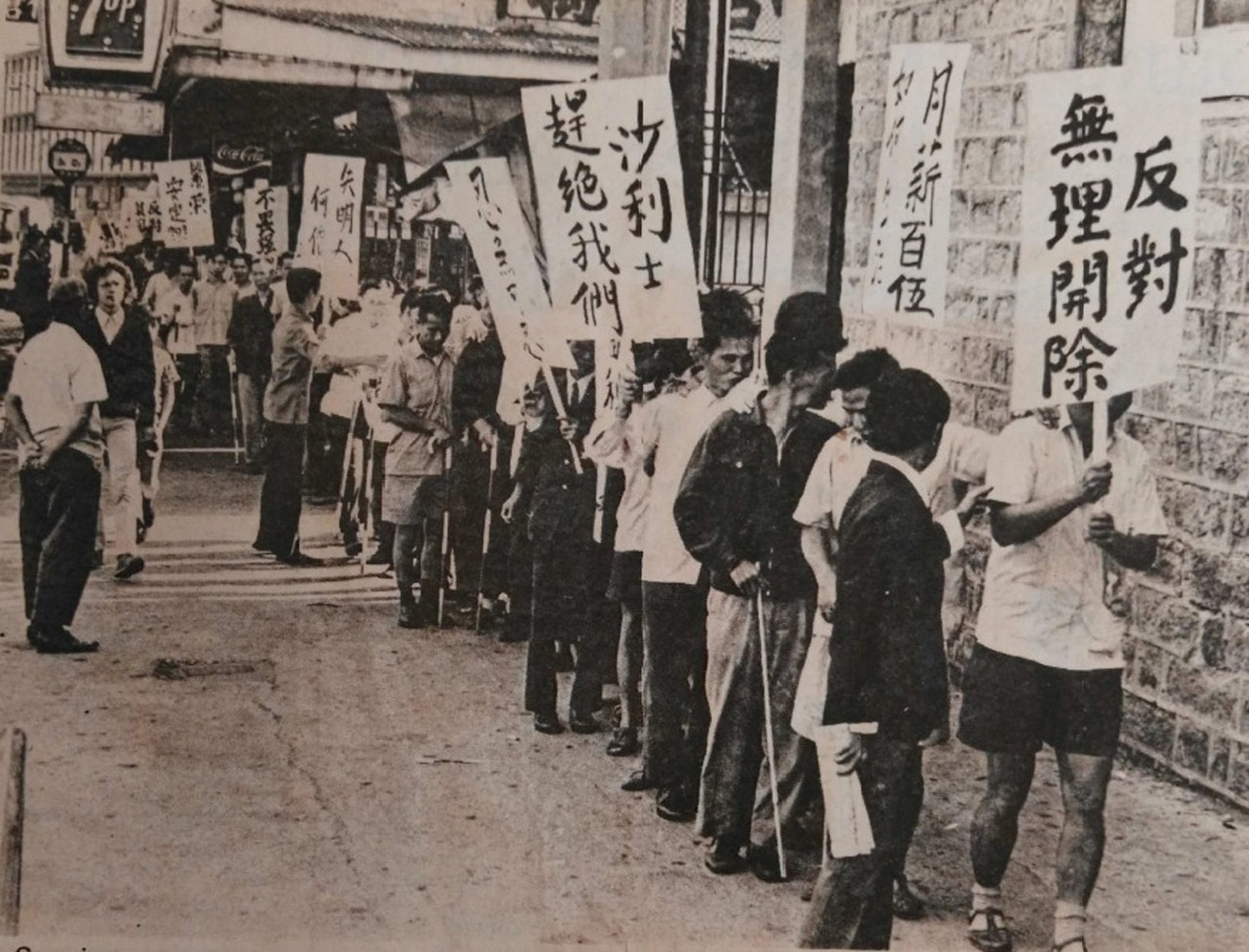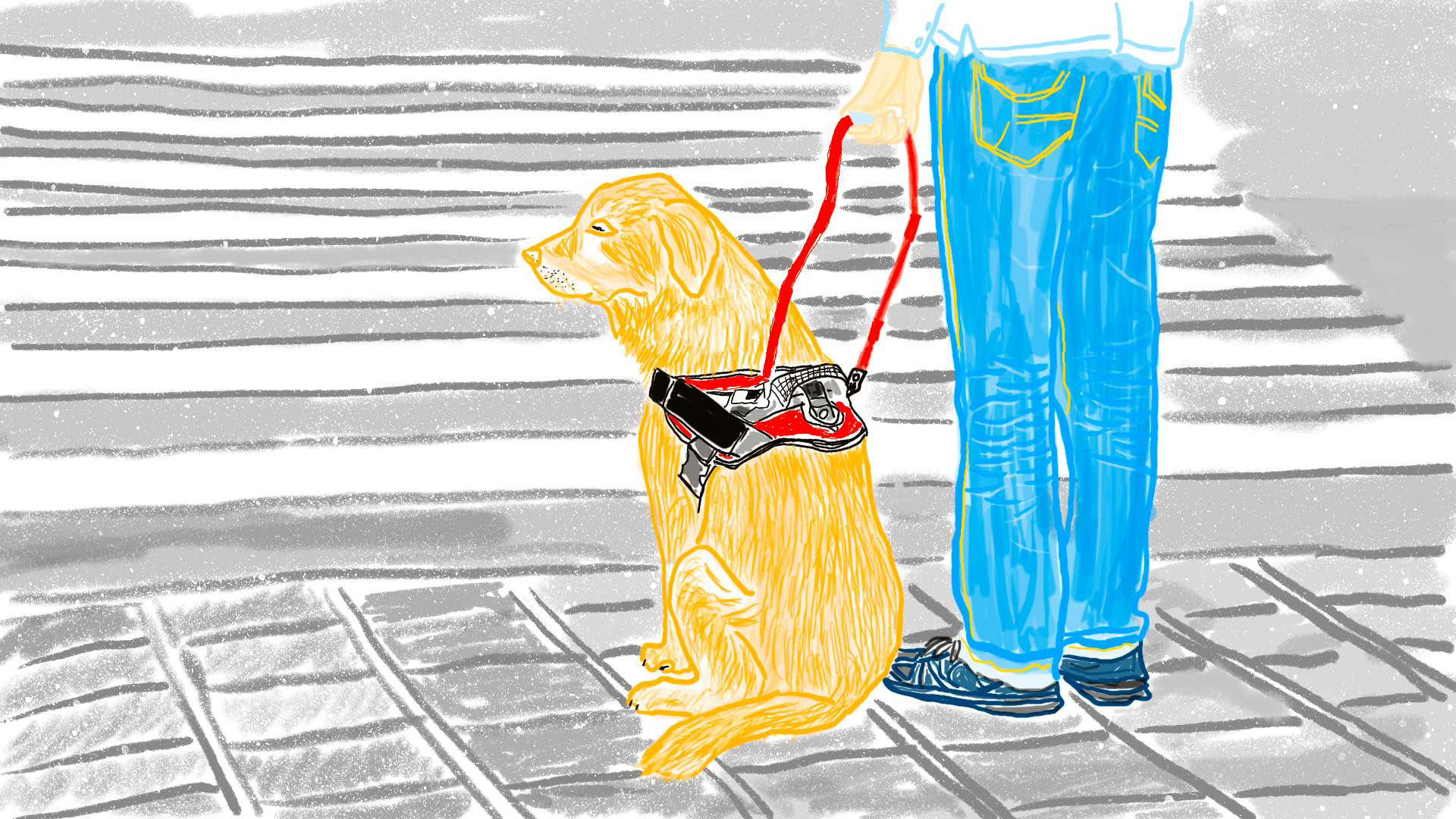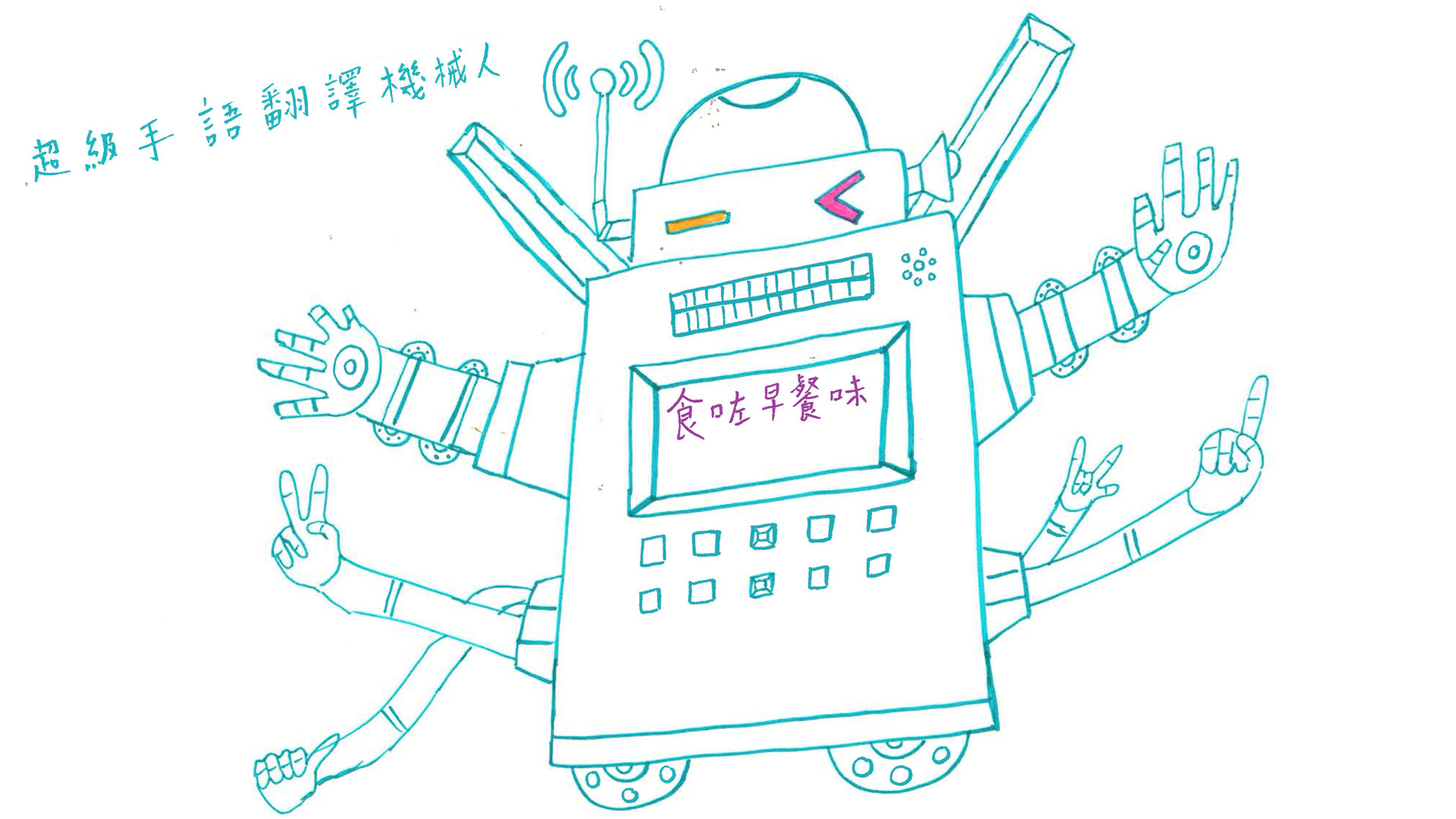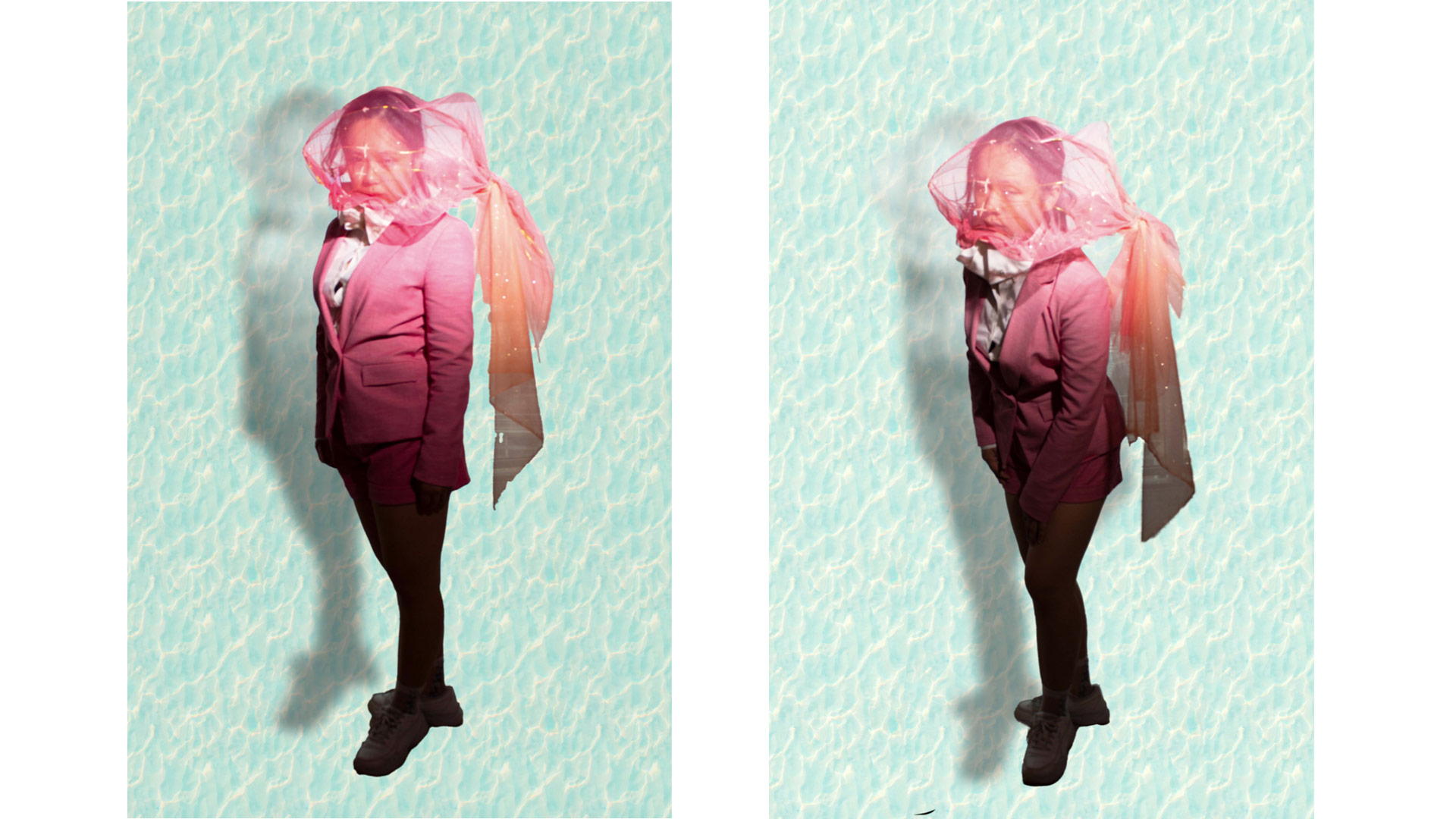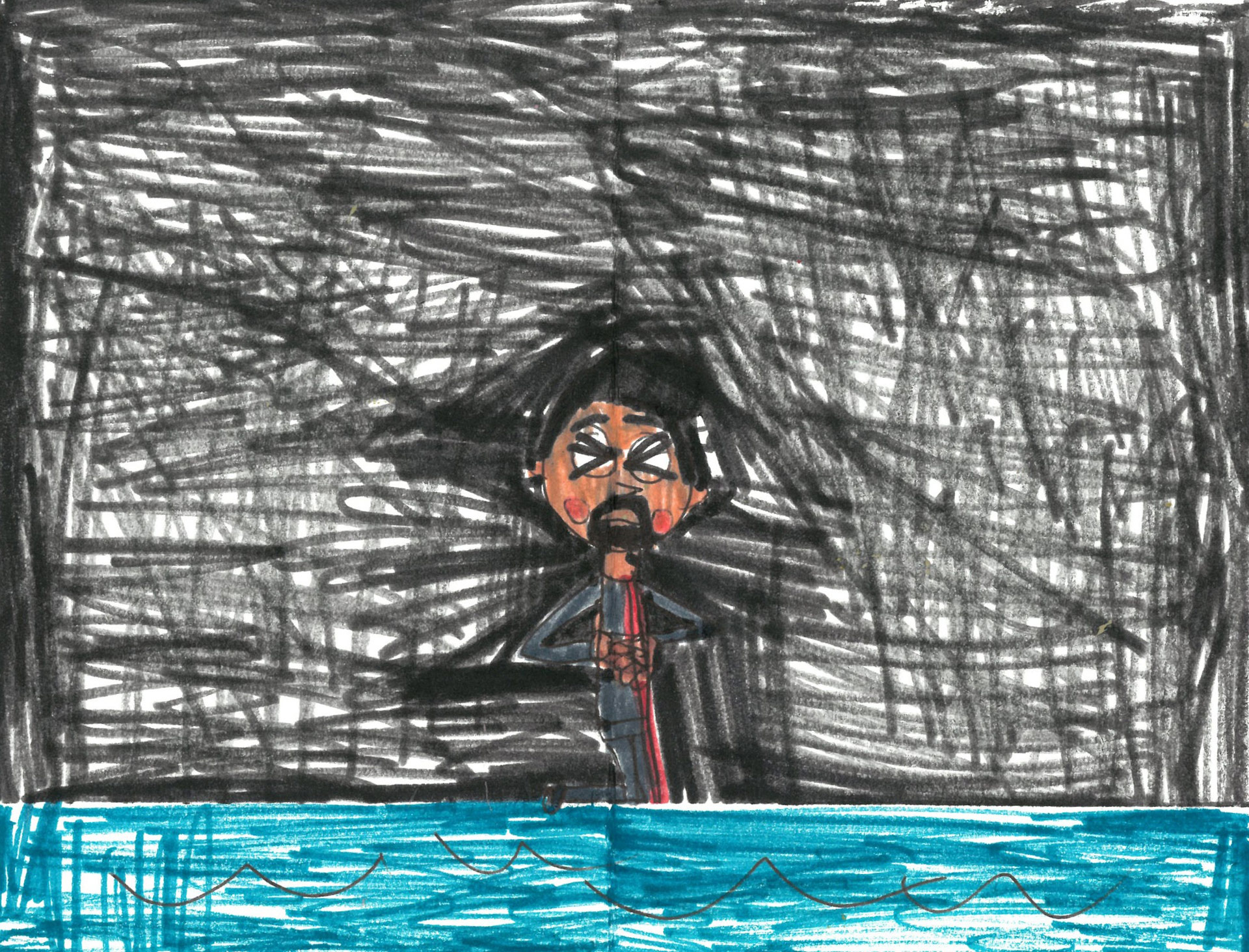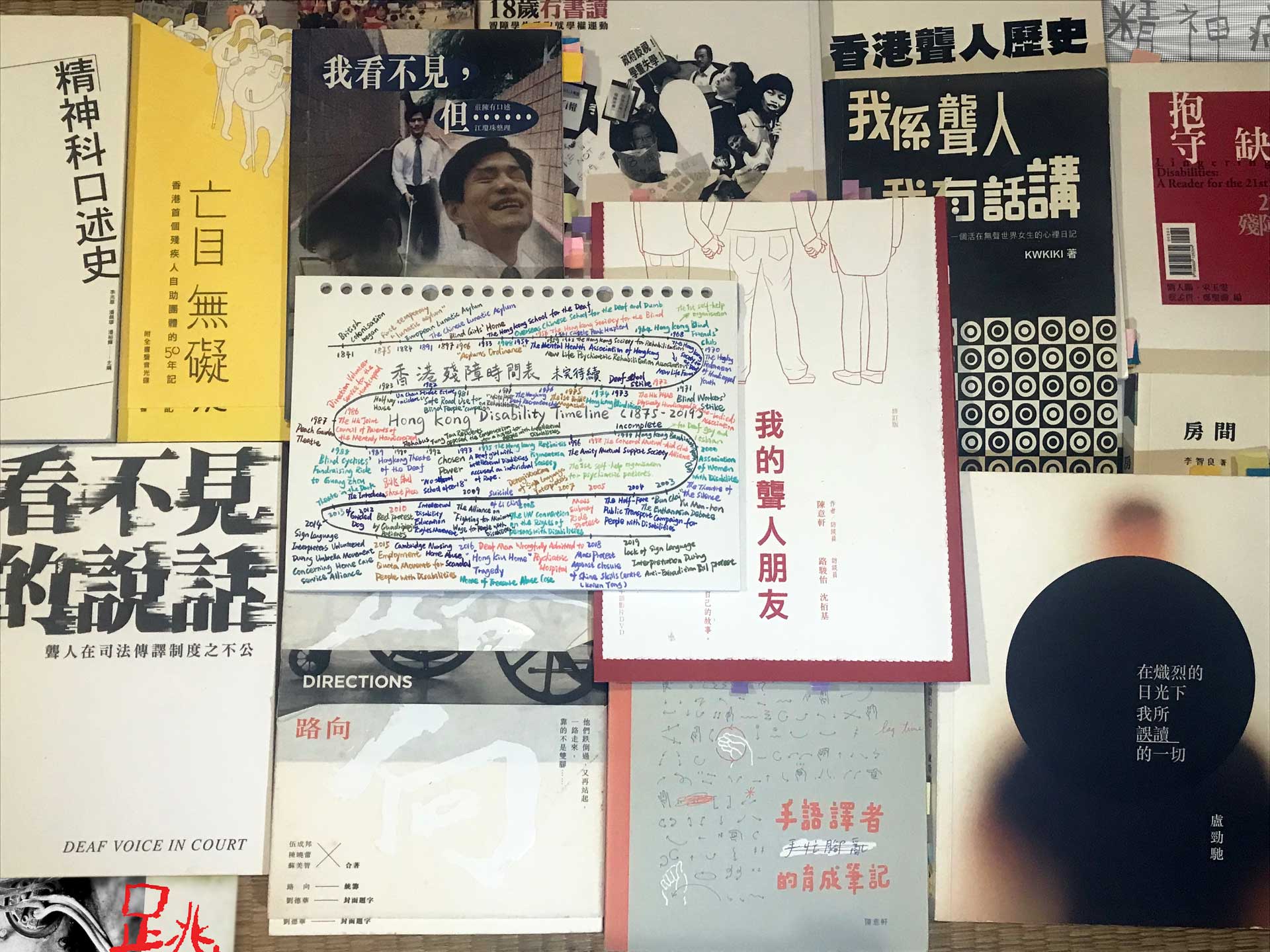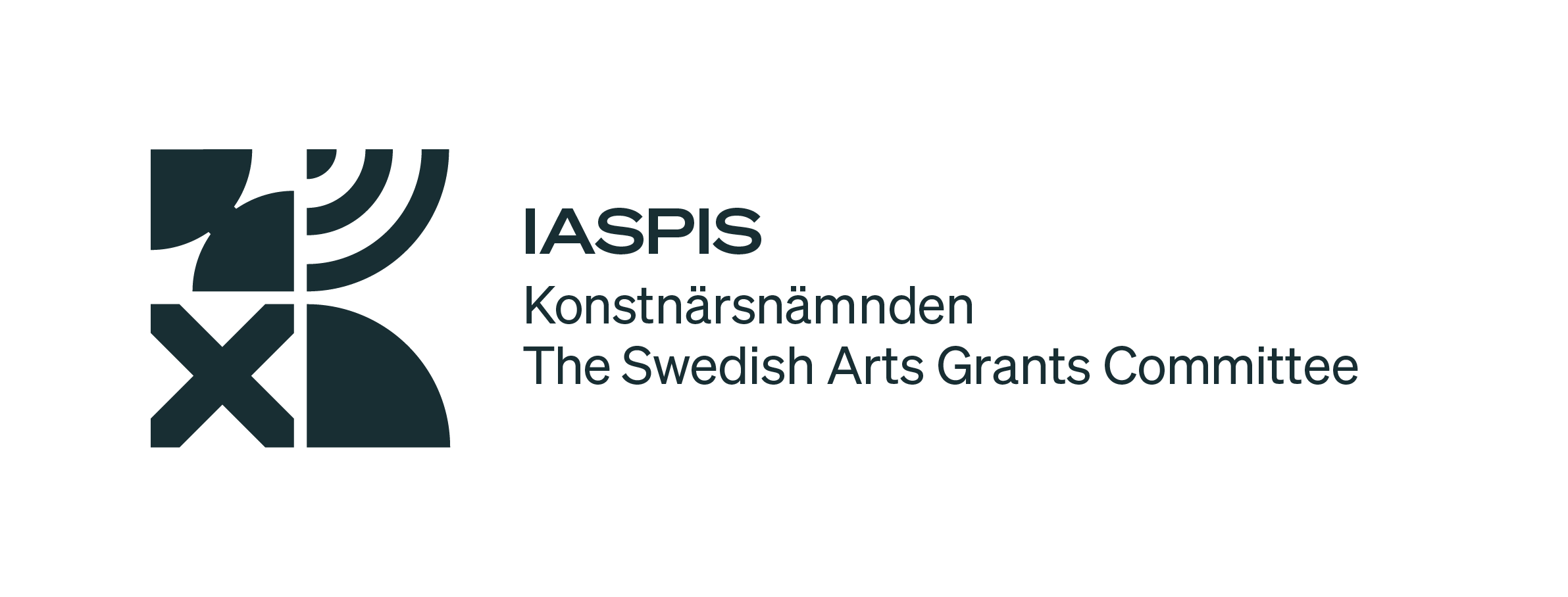Issue #12
Crip Space (Crip Zine 2)
Nanxi Liu (Ed.), Lo Suet Po Kathleen, Cat H.-M. Fung, Darren Tsz-Hin Fung, Lo Keng Chi

CATEGORY
Welcome to Issue #12: Crip Space (Crip Zine 2) with authors that include a visually impaired person, a Hong Kong sign language interpreter, a psychiatric survivor, and Disability researchers—all reflect on their own identities, encounters and dilemmas.
“Naming disability as a space we can be born into, not alone but supported and welcomed by other disabled people – and then again and again as we acquire new disabilities or discover words for things that have been there all along – that warm doulaed space creates a container that changes not only the entire way both individuals can experience disability but the ways disability communities can be formed.”
—Leah Lakshmi Piepzna-Samarasinha [1]
Crip Zine started in March 2022 as a self-organised group of people with different Disabilities and people who care about Disability justice in Hong Kong. We formed a reading group to learn and research, and then made self-published zines together. The theme of the first Crip Zine issue was “How may I address you?” with support from Asia Art Archive’s (AAA) 2023 Try Try Zine Residency [2] , we examined and questioned the neglect and misunderstanding of Disability issues in Hong Kong’s contemporary art discourse, and collectively expanded the current archive of contemporary art and Disability art in AAA.
We organised two workshops at AAA, inviting people with different Disabilities to read the Disability art references, and respond to previous discourses. Firstly, with terms of how to address “Disability” and terminology related to Disability. Later, in August 2024, as a result of co-writing, countering the discrimination and stigmatisation of people with Disabilities in Hong Kong, we self-published Crip Zine 1.5 titled Reclaiming Disabilities – A Manifesto of the Hong Kong White Card Alliance.
In 2023, during our research for Crip Zine 1, in AAA there were only a few resources relating to Disability arts. A year later, inspired by Crip Zine, AAA asked for our advice in making a shortlist of publications and purchasing new reference books on Disability art and Crip art for their library. In February 2025, AAA published the shortlist online [3] and informed us that they will continue collecting more publications about “Disability” and “Disability arts” —both now added as keywords in their archive system. Since AAA’s founding in 2000, the aforementioned exchanges during the past two years are a significant milestone, in that “Disability Art” is now included in Hong Kong’s contemporary art discourse.
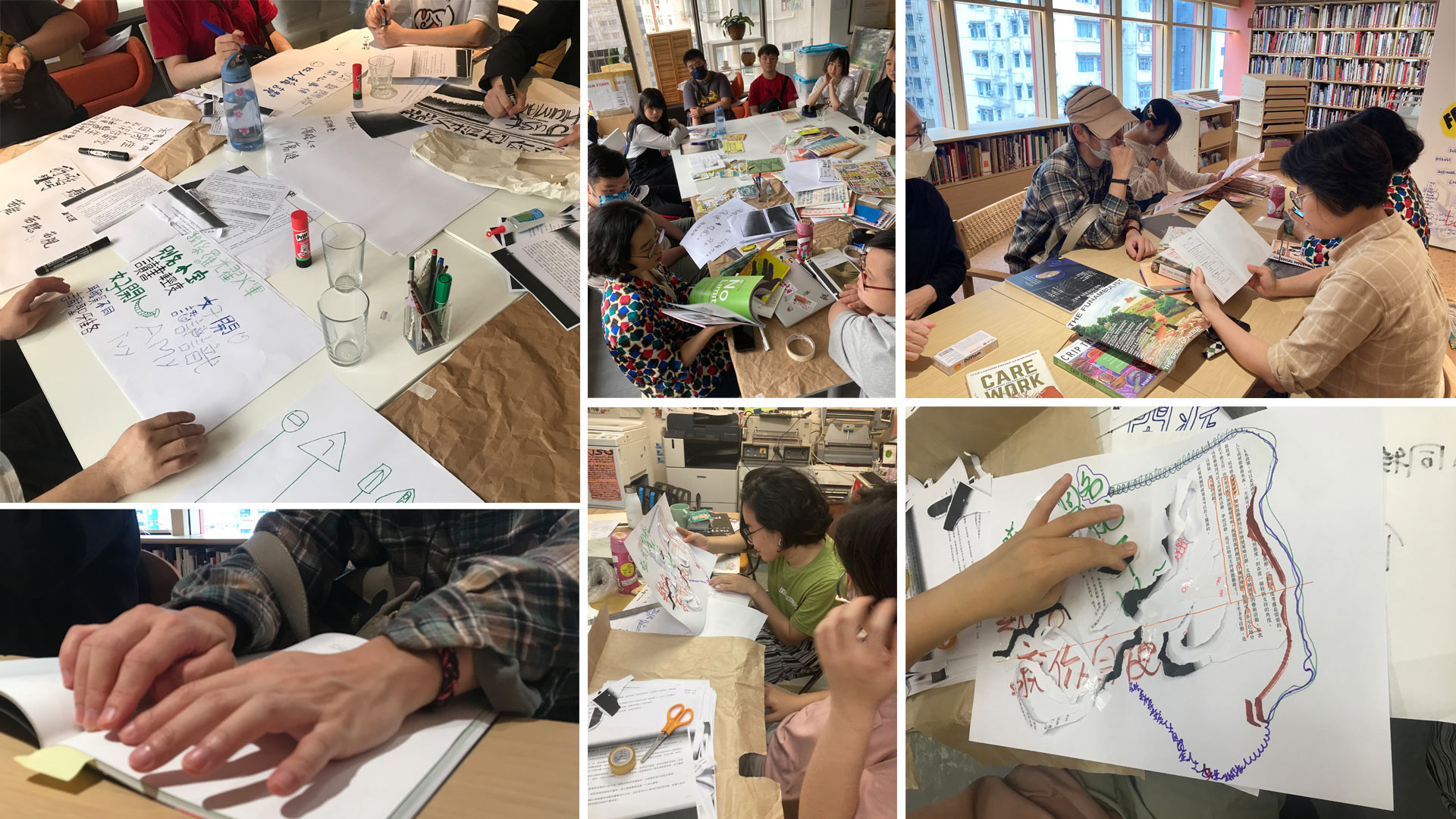
Making process of Crip Zine 1. Two workshops in Asia Art Archive for making Crip Zine 1, with all contributors—Disability arts reading group members and designers from @weighty.design.studio, photo by S. Yi Yao Chao.
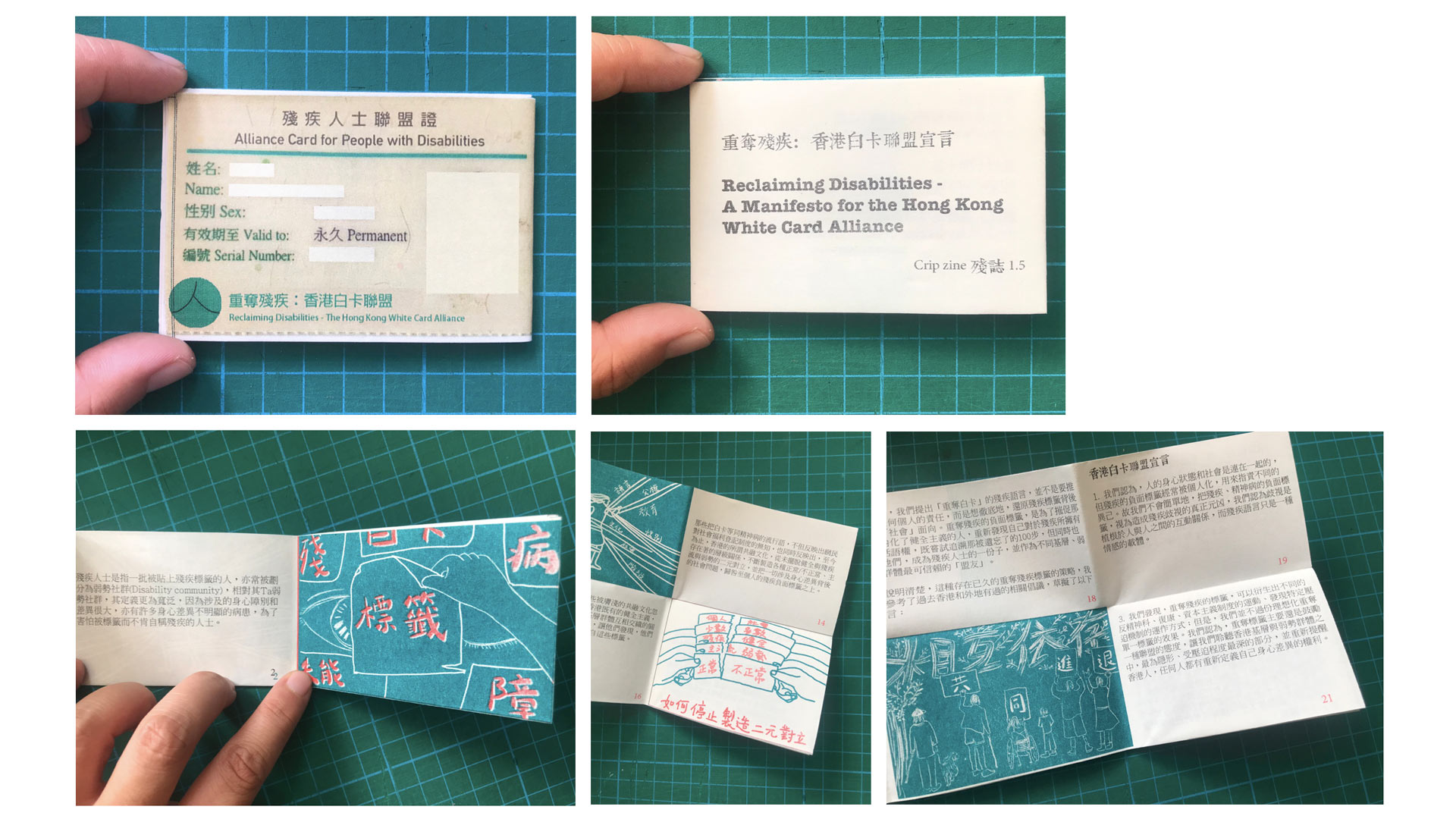
Crip Zine 1.5 Reclaiming Disabilities – A Manifesto of the Hong Kong White Card Alliance, photo by Nanxi Liu
During the preparation of Crip Zine issue 2, we were grateful to receive Urgent Pedagogies’s invitation, which gave us support to prepare and organise the content of this issue. We chose Crip space as the theme for this issue, because on the one hand, our personal experiences can be sorted under this theme, and on the other hand, the record of Disability arts in Hong Kong is still scattered in organisation websites or books that include personal interviews and autobiographies. How has the history of Disability shaped Hong Kong’s urban, everyday life experiences and spiritual space?
As a visually impaired individual, poet, and cultural critic, Lo Keng Chi examines the anti-guide dog campaign through a Disability studies’ perspective, by exploring the historical roots of guide dog services to problematising a discussion that intersects the animal rights and Disability rights movements. Cat H.-M. Fung, a frontline sign language interpreter, critiques ongoing oralism and systemic oppression which deprives d/Deaf people’s rights. She also highlights the resilience of the d/Deaf community in building their care web to support each other. Lo Suet Po Kathleen recounts her struggles with a schizophrenia diagnosis, shares the disconnect between her lived reality and the medical label imposed upon her. Her essay also addresses broader issues within the mental health system in Hong Kong, including the stigma surrounding mental illness and the inadequacies of current support services. Darren Tsz-Hin Fung describes his everyday experience with the chronic condition of irritable bowel syndrome (IBS) in Hong Kong, which leads to an analysis of misfittings in Disability studies. Nanxi Liu reflects on her personal encounters and experiences with growing up with Disabled relatives in mainland China and engaging with Disability arts in Hong Kong. She combines the social welfare system and the Disability movement via a timeline of Disability justice in Hong Kong. She calls for a deeper consideration in the connections between Disability and structural violence, class, and unequal wealth distribution. A design team named weighty.design.studio (from St. James’ Settlement Jockey Club Artspiration Academy) a group of people with Disabilities—or as they prefer to say, “People of Differences”—made several beautiful illustrations for this issue.
“Disability justice means resisting together. From solitary cells to open air prisons. We will be liberated as whole beings. We are far greater whole than partitioned. To Exist is to Resist.”
—Sins Invalid [4]
As we focus on Disability justice in Hong Kong, we should not forget the people in Palestine who are suffering from genocide and being maimed by Israeli war crimes—“a mass disabling event.” [5] In the first week of 2025 alone, UNICEF has estimated that at least 74 children in Gaza have been killed. And a recent analysis shows that more than 500 days of bombing and raids have maimed an average of 475 children a month, with an average of 15 children a day losing limbs, vision or hearing as a result of Israel’s use of explosive weapons. [6] In a January 2025 article, Al Jazeera reports that, “According to the World Health Organization, nearly a quarter of the injured, an estimated 22,500 people [in Gaza], have life-altering injuries that require but are not receiving rehabilitation.” [7] The actual numbers could be even worse, as Israel has been blocking humanitarian aid, medicine and medical equipment including antibiotics, saline solution and syringes. It is heartbreaking to witness everything online. Our struggles are intertwined and interconnected. To write about Disability justice and Crip space at this moment, we should never forget Disabled Palestinians. Solidarity with Palestine.
“Everyone has a stake in defending humanity and dignity and Palestinian liberation is tied to Disability justice.”
—Alice Wong [8]
Contents
Viewing Disability Justice Through the Lens of Disability Spaces
Nanxi Liu
Epistemic Invalidation in Hong Kong’s Anti-Guide Dog System Campaign
Lo Keng Chi
Access for Deaf’s Dignity
Cat H.-M. Fung
Might as Well Leave It to Medication?
Lo Suet Po Kathleen
Living with a “Glass Tummy” in a Food Paradise: The Everyday Experience of Managing Irritable Bowel Syndrome in Hong Kong
Darren Tsz-Hin Fung
Hong Kong Disability Timeline (1875-2019)
Compiled and Edited by Nanxi Liu
1.
Leah Lakshmi Piepzna-Samarasinha, Care Work: Dreaming Disability Justice, Arsenal Pulp Press, 2019, p241.
2.
https://aaa.org.hk/en/programmes/programmes/try-try-zine-residency-liu-nanxi-jay-lau-ka-chun/search/keywords:crip-zine/period/past (accessed 15 Mar 2025)
3.
https://aaa.org.hk/en/collections/shortlists/disability-arts (accessed 20 Mar 2025)
4.
Disability Justice for Palestine, Sins Invalid https://youtu.be/w_jre3409jA?si=kpsGrWb0NKW3KR1Z (accessed 20 Mar 2025)
5.
Facing genocide while disabled https://www.aljazeera.com/opinions/2024/11/19/facing-genocide-while-disabled (accessed 20 Mar 2025)
6.
In Gaza, fifteen children disabled a day in Israeli attacks, https://peoplesdispatch.org/2025/01/15/in-gaza-fifteen-children-disabled-a-day-in-israeli-attacks (accessed 20 Mar 2025)
7.
The human toll of Israel’s war on Gaza – by the numbers https://www.aljazeera.com/news/2025/1/15/the-human-toll-of-israels-war-on-gaza-by-the-numbers (accessed 20 Mar 2025)
8.
Why Palestinian Liberation Is Disability Justice https://disabilityvisibilityproject.com/2023/12/02/why-palestinian-liberation-is-disability-justice (accessed 17 Mar 2025)
has a background in literature and cultural studies, and has been engaged in inclusive and community arts work in Hong Kong for over ten years. She has been involved in curating, self-publishing, performance art creation, and research. Currently, she is striving to become a researcher in Disability justice, restarting her learning in Hong Kong Sign Language, and is soon to become a mother.
is a visually impaired individual, poet, and cultural critic. He is currently a PhD candidate in the Department of Cultural and Religious Studies at The Chinese University of Hong Kong, focusing his research on Disability and contemporary Chinese culture.
works as a frontline sign language interpreter in Hong Kong. She also develops training materials for sign language interpretation with emphasis on professional ethics.
is a self-baked photographer since 2020, she has been exploring arts and photography with a focus on understanding marginalised communities. Her artworks include photography, poetry, writing, experimental music and video. Kathleen initiated the art project “Variety of Beings”, conducted interviews and portrait photos for 20 transgender people in Hong Kong. Her works were showcased in her solo exhibition and a photobook, which was shortlisted in Cross All Borders 2024: Hong Kong Competition Showcasing New Visual Artist with Disabilities.
is a PhD candidate in the Department of Anthropology at The Chinese University of Hong Kong. His research project examines the education, employment and mobility of people with visual impairments in Hong Kong. Darren’s research interests include embodiment, medical anthropology, Disability, and Hong Kong studies.
